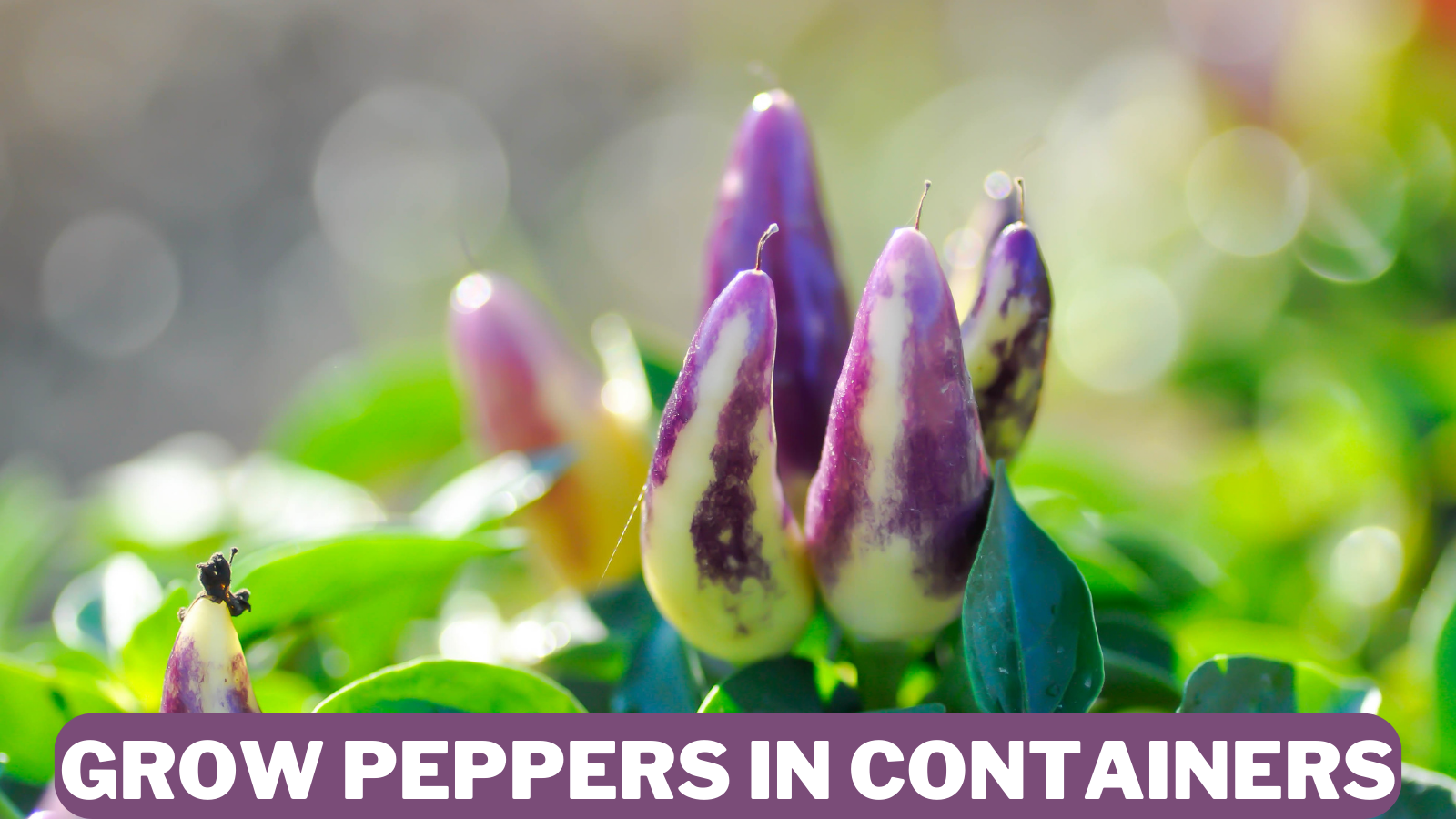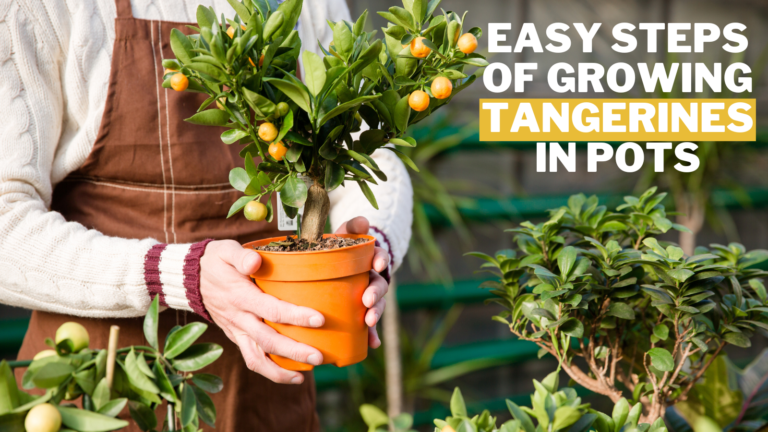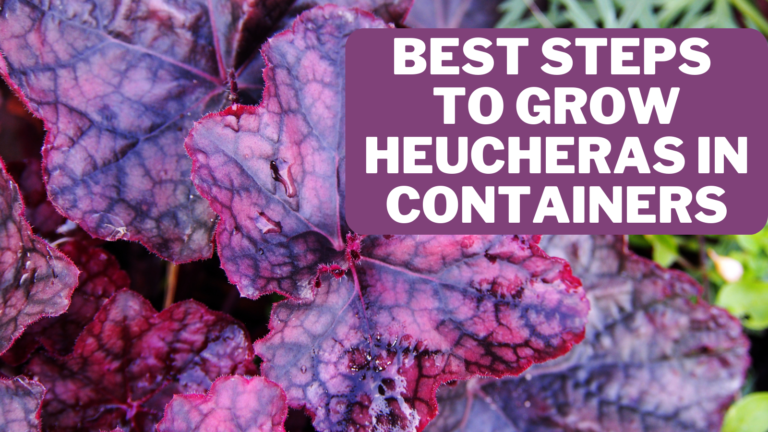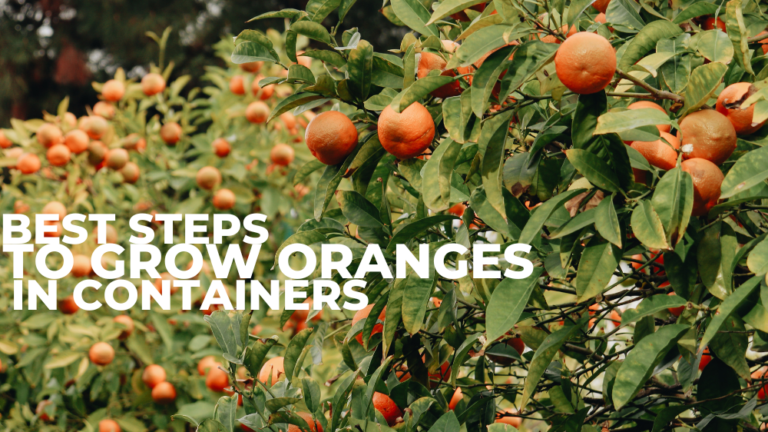Best Steps To Grow Peppers In Containers
Best Steps To Grow Peppers In Containers
Peppers should be on your planting list if you plan to produce a few vegetables in containers this summer.
Peppers grow better in pots than in a garden if you choose the right types and care for them properly, especially in cool or windy locations. However, some types of peppers aren't appropriate for use in containers.
Chilli peppers, in particular, have a special place in many gardens. These colourful and tasty vegetables are both enjoyable to grow and attractive to look at. Peppers can also be used as decorative plants on your patio or balcony when grown in pots.
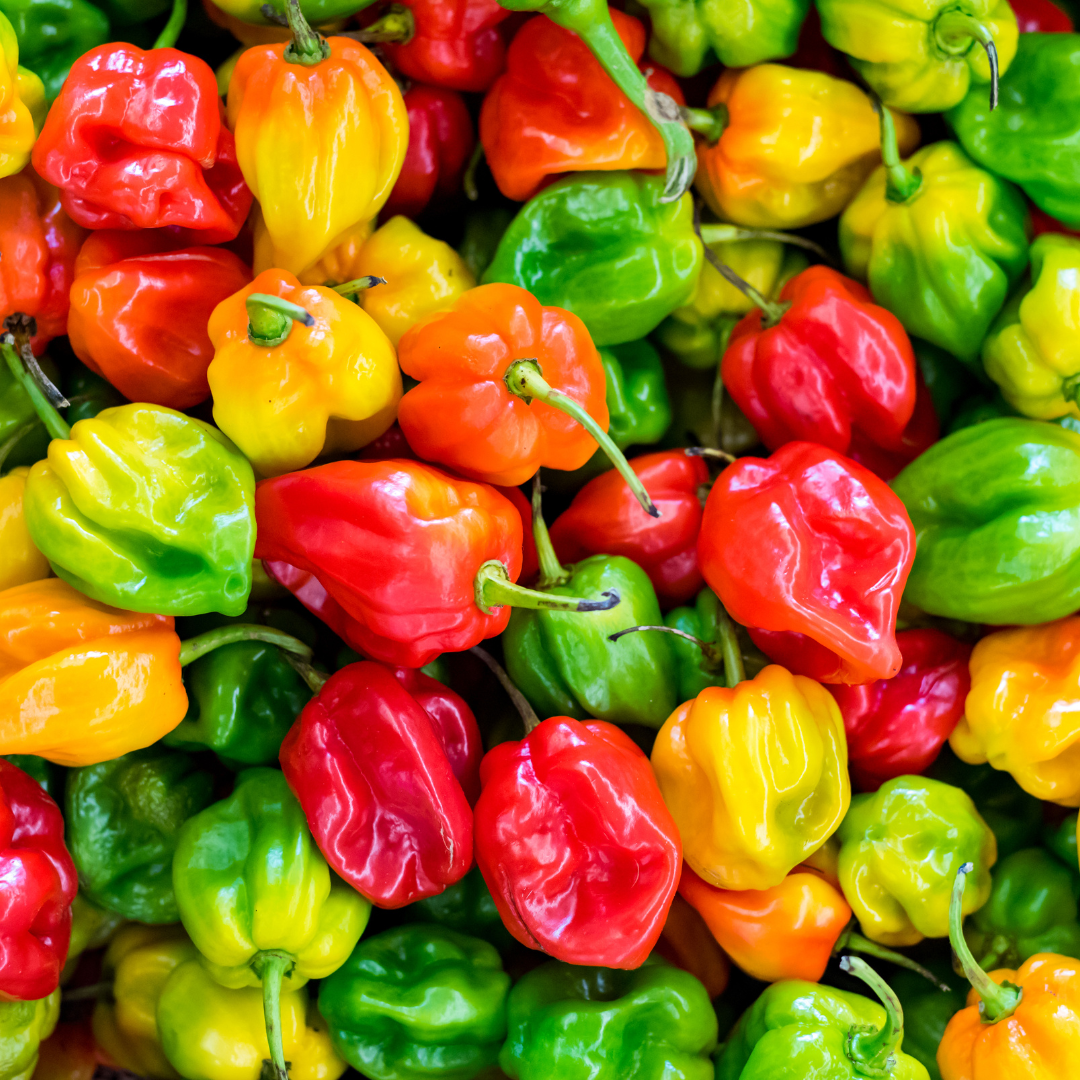
History & Origin Of Peppers
Peppers are native to tropical America and are used extensively in tropical Asian and equatorial American cuisines.
Pepper fruits have been unearthed in prehistoric ruins in Peru and Mexico, and the plants were widely grown in Central and South America by many pre-Columbian societies.
Mexico, Central America, and northern South America are home to peppers. In 1493, pepper seeds were transported to Spain, quickly spreading throughout Europe and Asia.
Interestingly, birds ate the seeds and disseminated them across the Americas. Beginning around 7500 BCE, humans began gathering and eating peppers.
About 4,000 years later, they tamed the pepper. Chiles were an important spice for the Inca, Maya, and Aztec civilizations.
Types Of Peppers In The World
There are over 50,000 different peppers on the globe. There are almost 4,000 different types of chilli peppers worldwide, and more are being developed all the time.
According to the United Nations Food and Agriculture Organization, China produces the most chilli peppers, with an annual volume of 18,535,308 tonnes (20.43 million tons) of fresh and dried chillies in 2018. (FAO). This accounts for 45.2 percent of global chilli production.
Nutritional Information For Peppers
- Water makes up the majority of fresh, raw bell peppers, with 92 %.
- With small amounts of protein and fat, carbs make up the balance of the vegetable.
The key nutrients in 3.5 ounces (100 grams) of raw red bell peppers are:
- Calories: 31
- Water: 92 percent
- Protein: 1 gram
- Carbohydrates: 6 g
- Sugar: 4.2 g
- Fibre: 2.1 g
- Fat: 0.3 g
(Trusted Source: USDA Food Composition Databases Governmental Authority)
Vitamins and minerals: Vitamin C, Vitamin B6, Vitamin K1, Potassium, Folate, Vitamin E, Vitamin A
10 Varieties Of Peppers For Containers
If you want to grow peppers in containers, here are some of my favourite types that do well in pots – for best results, use large 5-gallon or larger containers.
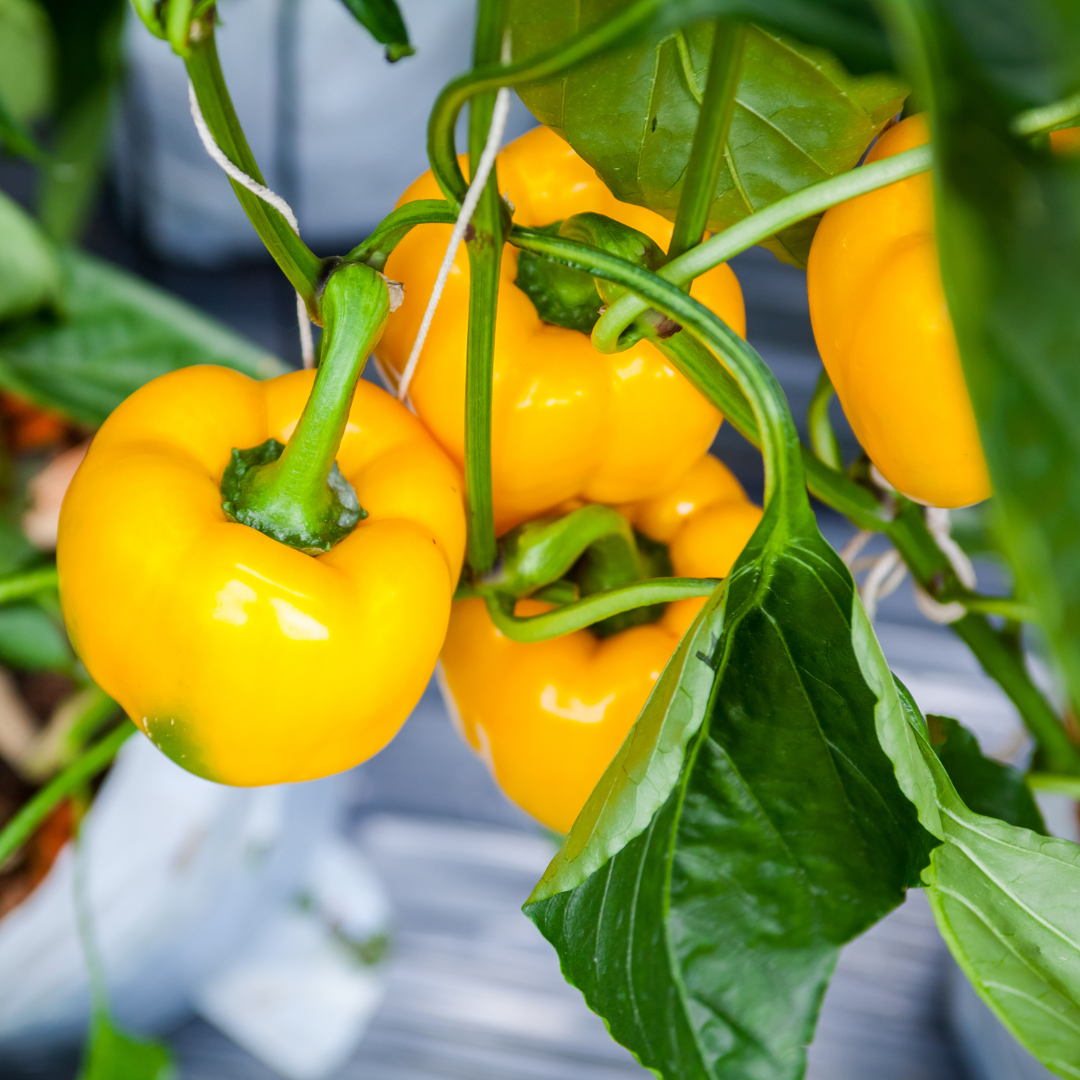
1. Bell Peppers
Bell peppers, also known as sweet peppers, have thick, delectable skin that is not hot. Bell peppers come in a rainbow of red, yellow, orange, and green.
There are differences in taste and content regarding the colour of the bell pepper: green peppers are more bitter, while red peppers offer more vitamins and nutrients.
These lovely pepper plants are low-maintenance and thrive in small plant containers in urban kitchen gardens.
2. Jalapeño Peppers
Jalapeño peppers are a type of chilli pepper. Jalapeño peppers are similar to bell peppers but much hotter, with Scoville units ranging from 2,500 to 10,000.
In truth, both peppers are cultivars, or variants of the same plant cultivated for distinct features, of the same container plant species.
The tasty jalapeño pepper can be used in cooking, and it blooms with tiny white flowers and green fruits in the yard. These plants thrive in small plant containers, such as 3 gallons or 10 inches, and can reach a height of 3 feet.
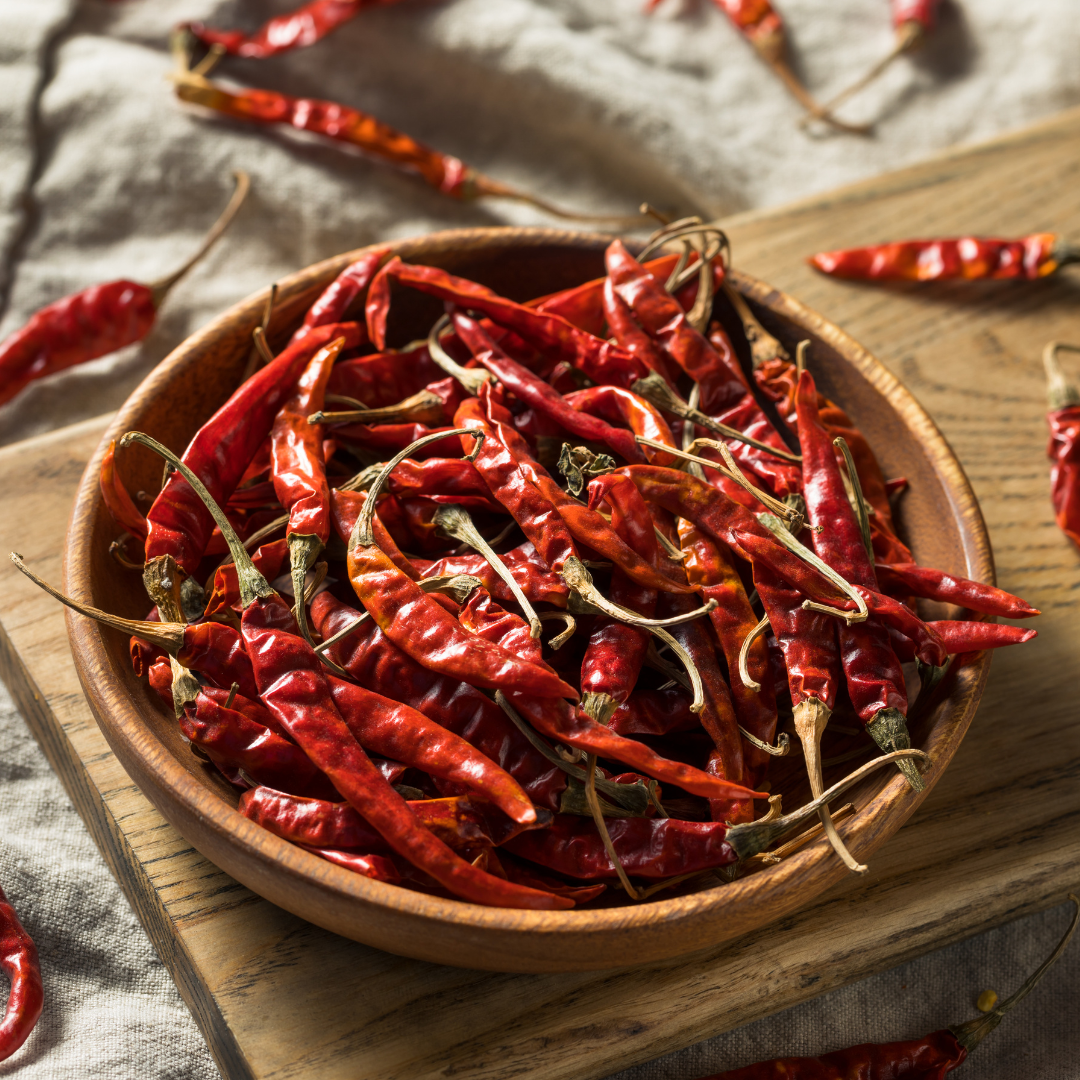
3. Chile De Arbol Peppers
Chile de arbol peppers are a type of chilli from a tree. In Spanish, chile de arbol means “tree chilli.”
Bird's beak chile, also known as rat's tail chilli, is a tiny pepper that grows to be approximately 2 to 3 inches long. They are spicier than jalapeño and bell peppers, with Scoville units ranging from 15,000 to 30,000.
Grow in broad sun and harvest when the chiles de arbol are vivid red. It's a lovely container plant that grows 12 to 15 inches tall and resembles a small tree.
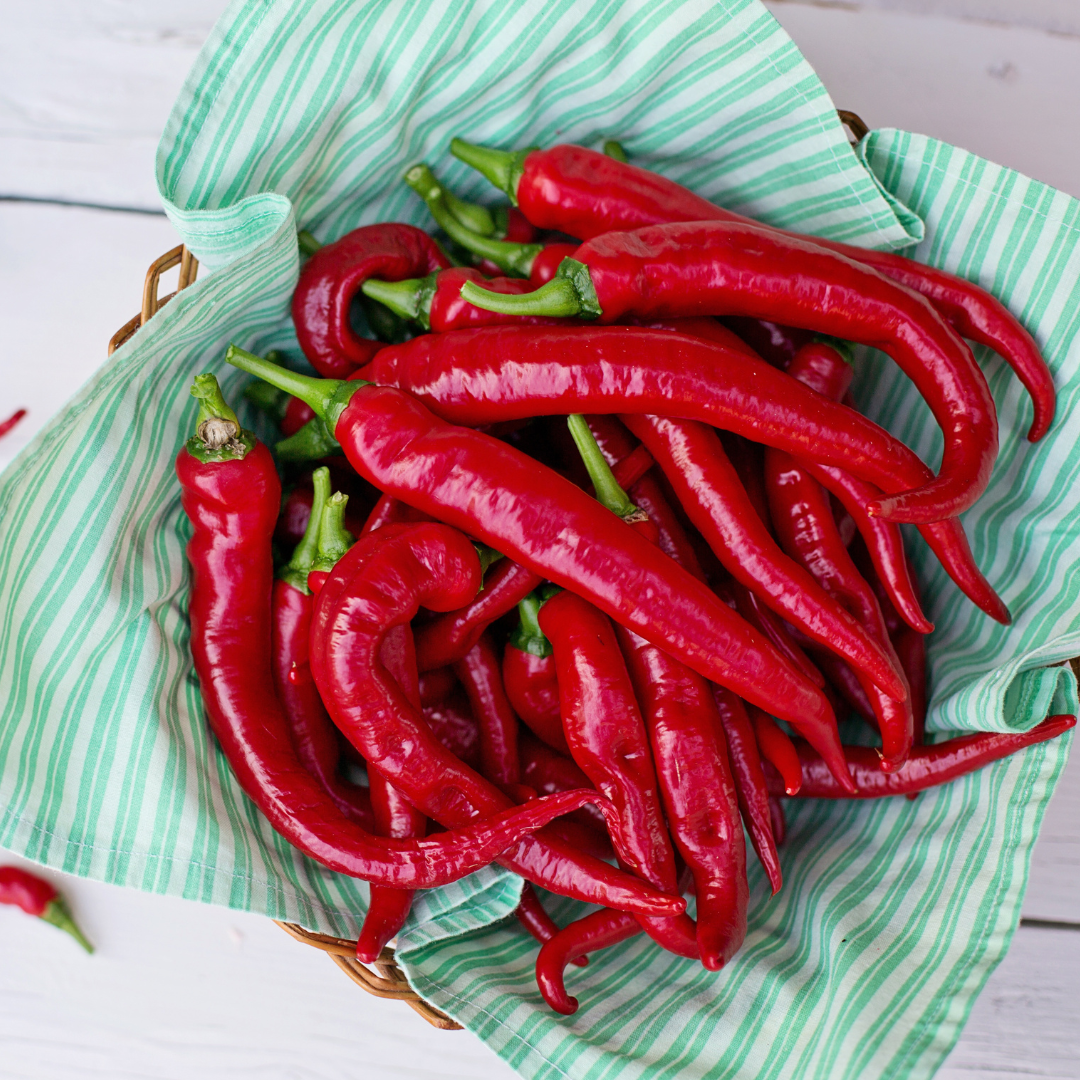
4. Cayenne Peppers
Cayenne peppers are another form of chilli pepper. Cayenne peppers (30,000 to 50,000 Scoville units) thrive in sunny balcony container gardens in warm climates.
Regularly fertilizing these 2- to 4-foot-tall pepper plants is beneficial, but use nitrogen-free fertilizer.
Because of the nitrogen, the plant's foliage grows quickly, but it doesn't produce as many peppers.
When peppers are mature, cut the stems off; ripe peppers are 4 to 6 inches long and readily break off the stem.

5. Habanero Peppers
Habanero peppers are a type of chilli pepper. Habanero peppers are highly hot, with Scoville units ranging from 100,000 to 350,000.
Habanero peppers come in various colours, including orange, red, white, brown, and pink. Habaneros thrive in hot climates with sunshine and slightly acidic soil (pH 5–6) and are never overwatered. If you reside in a hot climate, the habanero bush will provide peppers all year.

6. Shishito Peppers
Shishito peppers are long green peppers delicious with a tinge of heat. They're prevalent in East Asian cuisine, and when cooked with oil and spices, they make a delightful snack. They are one of the easiest peppers to cultivate and thrive in pots.
7. Poblano Peppers
These lovely mild peppers, deep green and extra-large, are the favoured type for creating chilli Relleno. Despite its size, this cultivar is known to thrive in huge container pots.
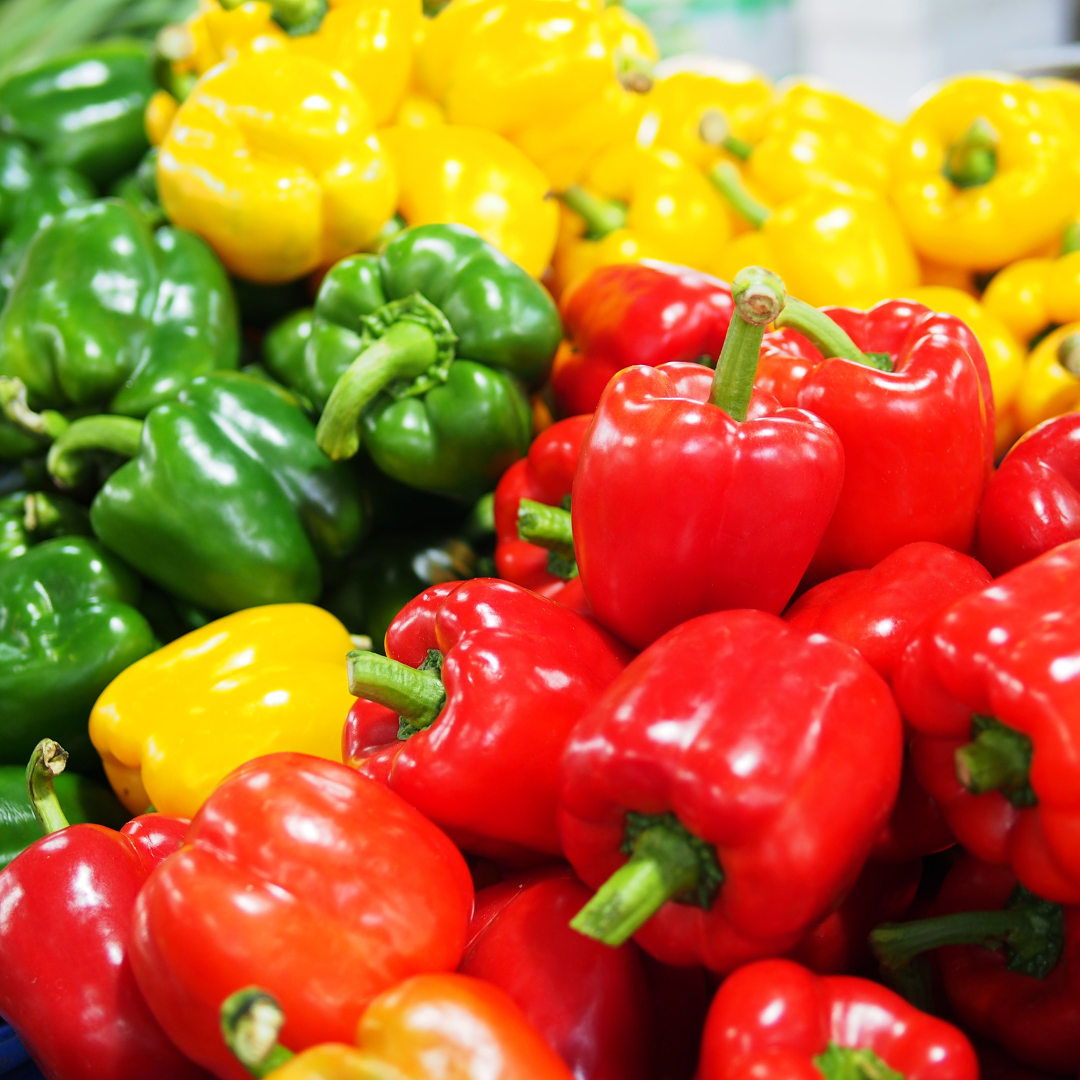
8. Fushimi Sweet Peppers
This slender sweet pepper has a crunchier texture than shishito and is delicious raw. They're also one of the easiest peppers to cultivate in pots, producing lovely fruit throughout the summer.
9. Bolivian Rainbow Peppers
Perfect for the container garden or the front porch, these peppers are sometimes cultivated as ornamental plants due to their amazing beauty.
A rainbow of spicy peppers, including yellow, orange, red, and purple, are produced by one enormous plant.
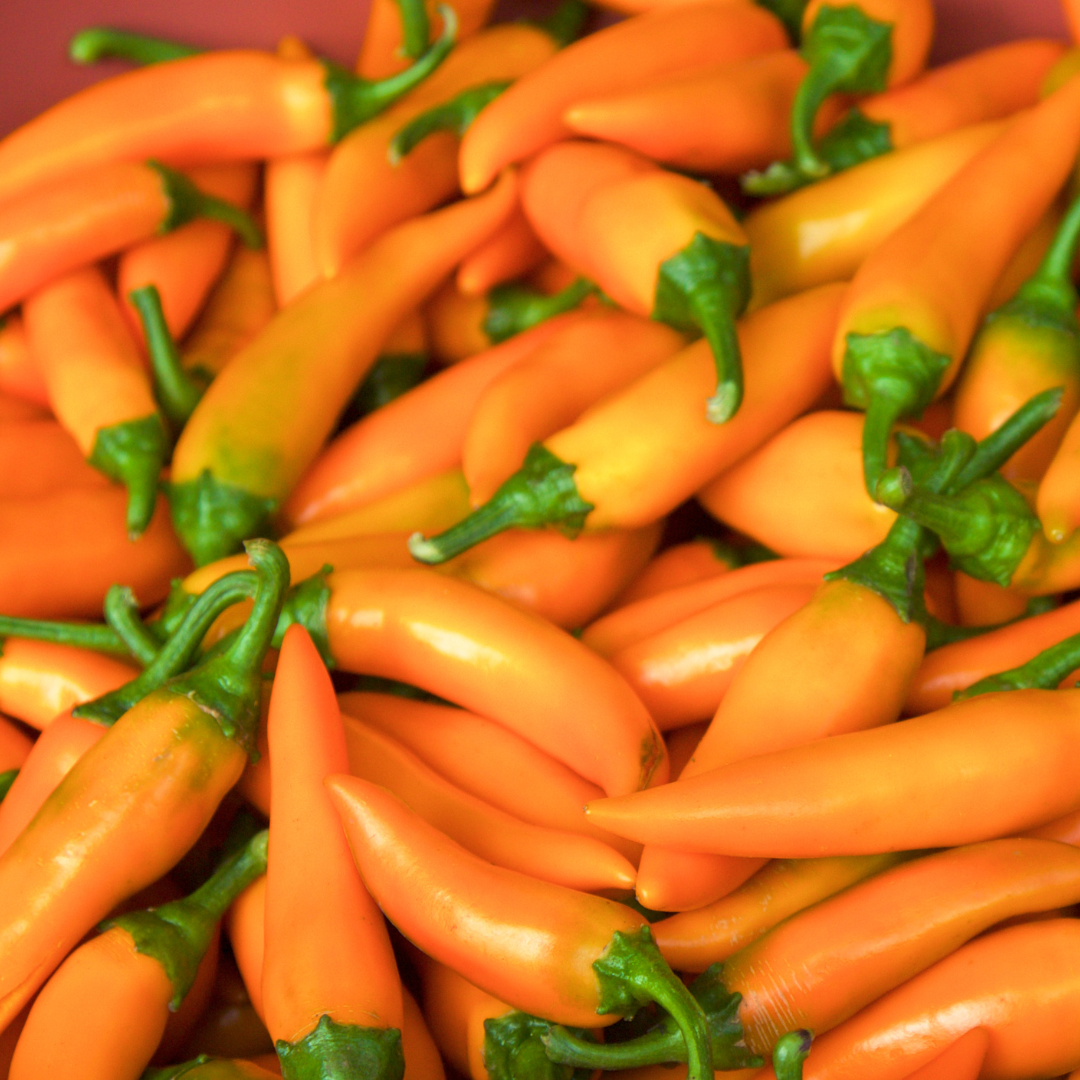
10. Bulgarian Carrot Peppers
Don't be fooled by their name; these slender, orange peppers aren't sweet. They are, in fact, extremely hot–nearly three times hotter than the ordinary jalapeño. They grow on bushy bushes with dozens of fruit, making them an excellent container plant.
Steps To Grow Pepper Containers
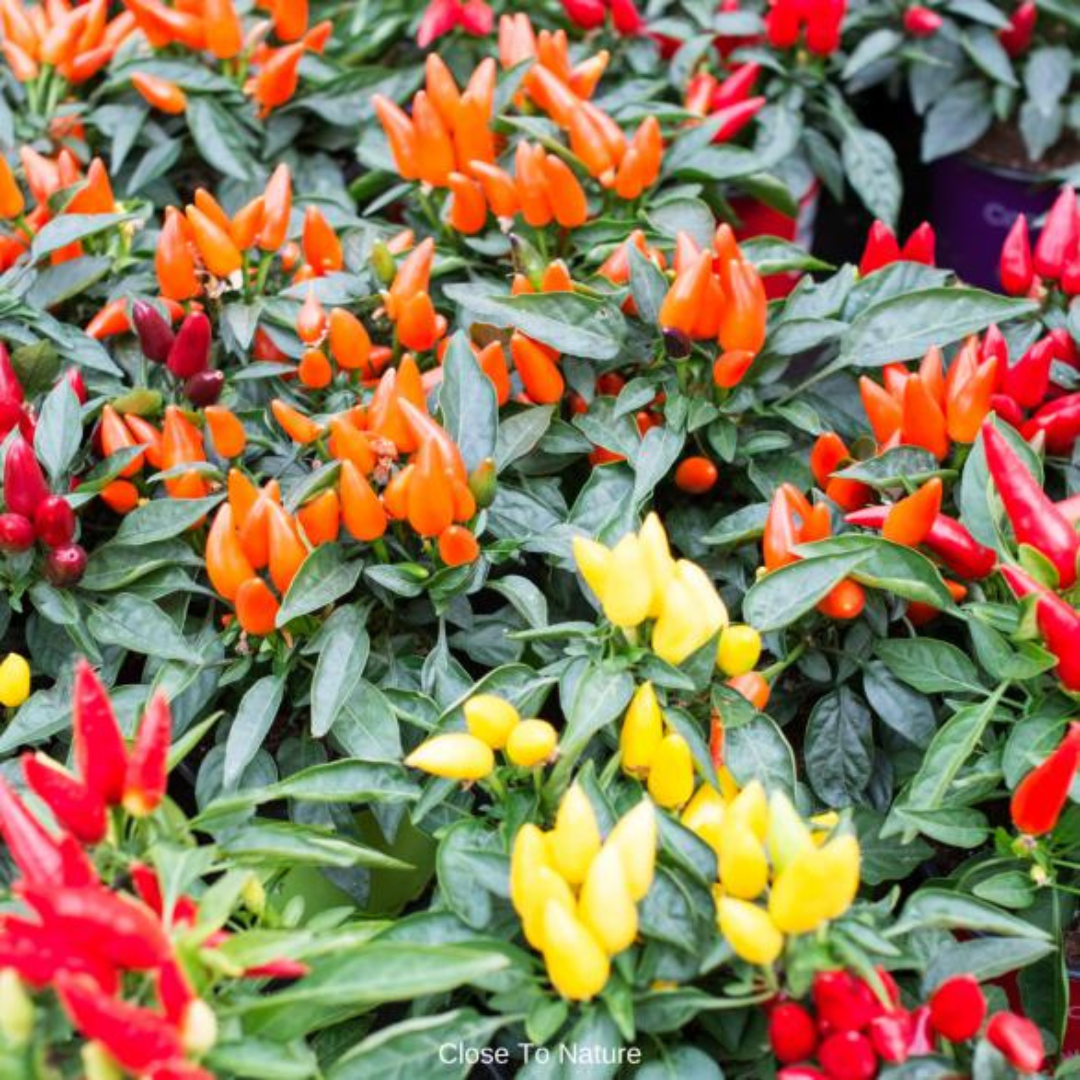
1. Choose The Correct Pepper Variety
In the previous section, we looked at various pepper cultivars that thrive well in containers. This list is an excellent place to start for those new to container gardening. Most types of peppers, on the other hand, can be grown in containers.
Use an extra large pot for cultivars not specified above or those not specifically suggested for container planting.
This will ensure that the plant's roots have ample room to grow and will better mimic their natural growing environment.

2. Choose The Proper Container To Grow Peppers
Some of the smaller pepper cultivars will thrive in pots as little as 8 inches in diameter. Larger plants, on the other hand, will thrive in containers with a diameter of at least one foot.
To allow for appropriate root growth, make sure your pot is at least 10 inches deep in any situation.
Most peppers are best grown in five-gallon buckets. Choose a pot with a diameter greater than a foot if you plan to plant more than one pepper in each pot, which is possible with non-bushy bell pepper kinds and others.
Make sure the pot you purchase has enough drainage holes. Peppers prefer damp soil, but they do not thrive in waterlogged containers.
If necessary, drill extra drainage holes in the bottom of your plastic or metal container with a big bit.
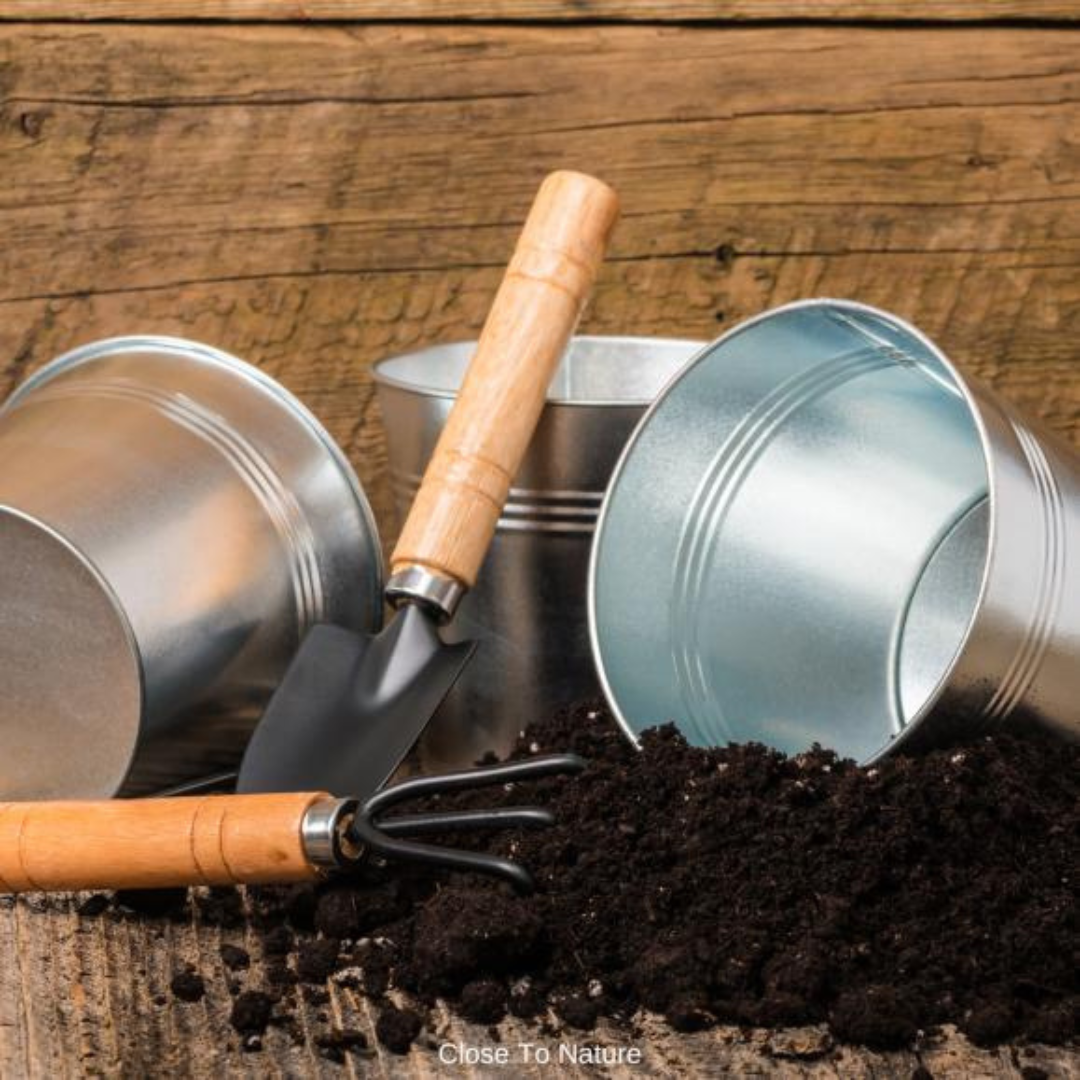
3. Choose A Good Potting Soil To Grow Peppers
Potting soil is exposed to a completely different environment than in a garden bed. It doesn't have any earthworms or other bugs to aerate it.
It's also more prone to dry out because it has a smaller volume and can't pull water from deeper levels.
As a result, conventional garden soil or earth dug out from the ground will not be suitable for growing vegetables in containers.
Instead, special potting soil in a container must be purchased for the climate. This soil drains efficiently while retaining moisture uniformly throughout.
It is also less likely to become compacted than other varieties, allowing roots to breathe freely.
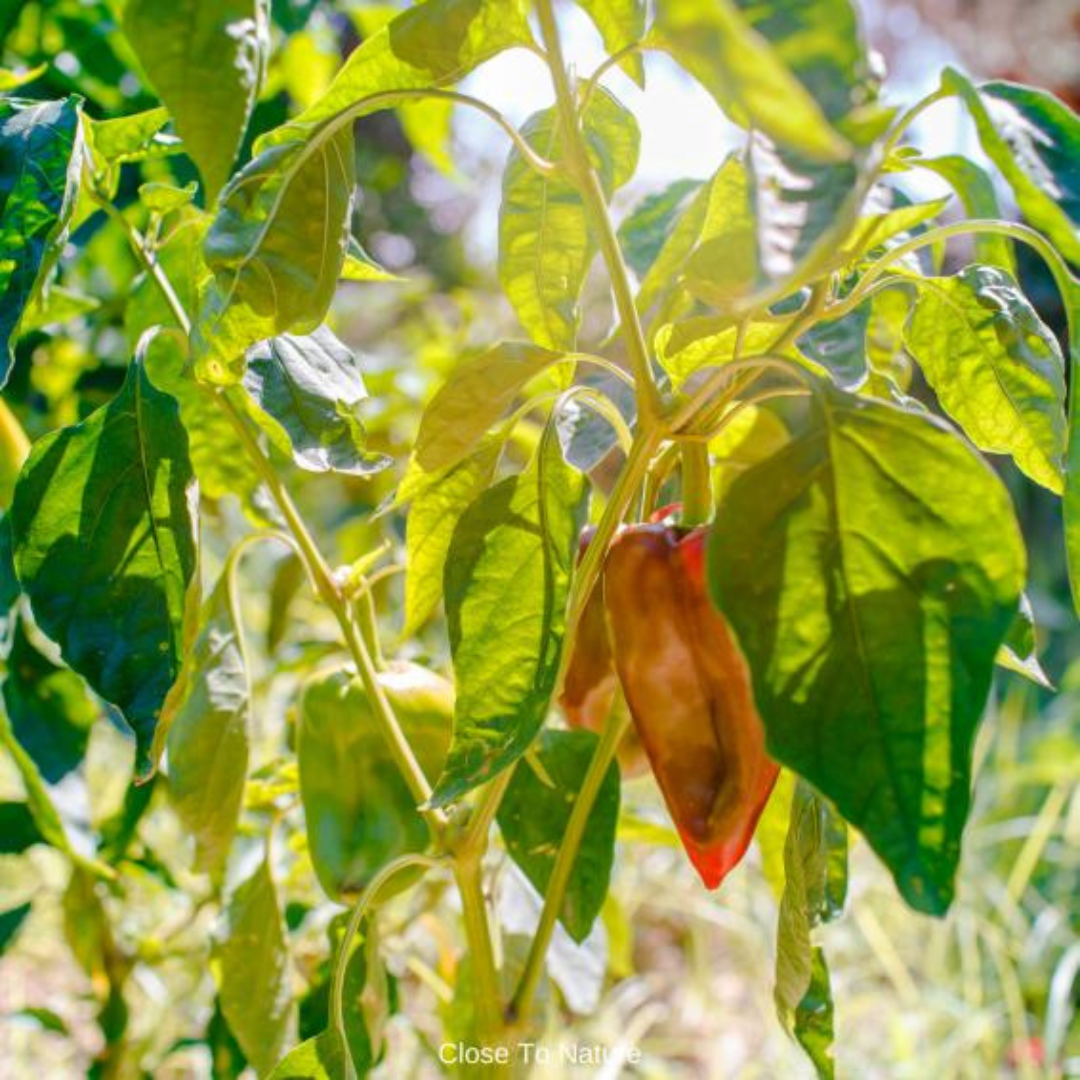
4. Choose A Sunny Location
Sunlight is the most crucial factor to consider when choosing a place for your pepper container garden. Every day, peppers require at least six hours of direct sunlight. However, more is preferable.
If you place your pots against a south-facing wall that receives a lot of sunlight, you'll get lots of heat and light.
Peppers, like all nightshades, enjoy the heat. They flourish in temperatures between 70 and 80 degrees during the day. They don't like it when it gets too cold at night.
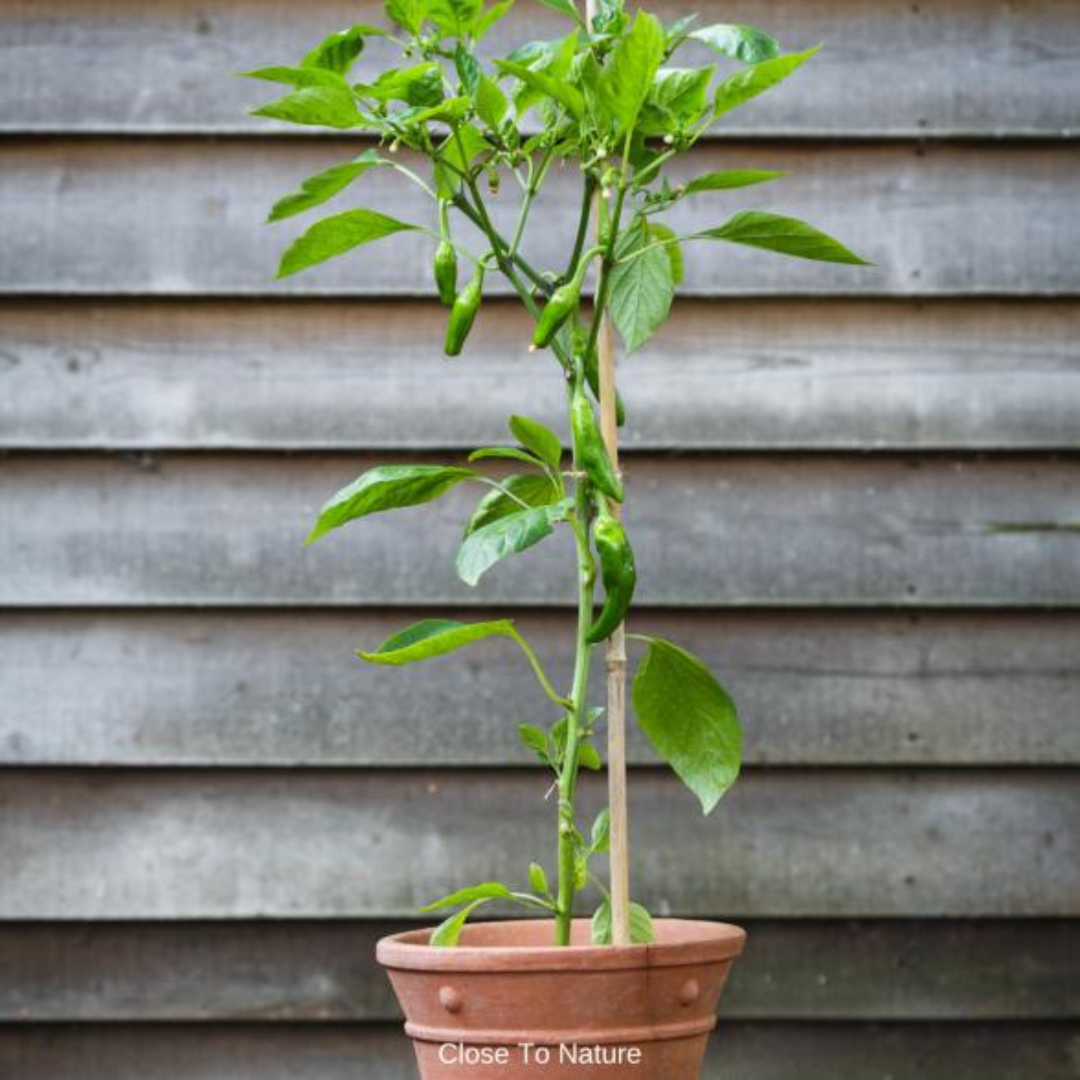
5. Pepper Plants Need Support
Staking is unnecessary for pepper kinds with a spreading growth habit, such as ‘Redskin,' but upright jalapenos benefit from anchoring to a secure stake — or two or three. Large plants benefit from grow-through hoops or create a wire cage to match the container.
In addition to staking, you can relocate container-grown peppers out of the way of high winds and direct sunlight once they've ripened. This is the most effective method for ensuring your lovely potted peppers enter the kitchen.

6. Watering Of Container Peppers
Watering container peppers are essential to maintaining a healthy and productive pepper plant. When growing peppers in a container, keeping the soil moist but not saturated is crucial.
Checking the soil moisture level regularly by sticking your finger an inch into the soil is a good way to determine whether the plants need watering.
When watering, it's best to water deeply until water comes out of the drainage holes at the bottom of the container, but not too frequently, as peppers prefer well-drained soil.
Using room temperature water and watering in the morning can also help to avoid shock to the plant's roots and prevent the soil from becoming waterlogged.
Additionally, mulching around the plants' base can help retain moisture in the soil and reduce the need for frequent watering.
Adjusting watering frequency based on weather conditions and following these tips can help ensure your container pepper plants thrive and produce a bountiful harvest.
7. Fertilizing Of Container Peppers
Fertilizing container peppers is essential for maintaining healthy plants and producing a bountiful harvest. Container-grown peppers need a well-balanced fertilizer that provides essential nutrients such as nitrogen, phosphorus, and potassium.
When choosing a fertilizer, it's essential to select one suitable for your specific pepper plant variety and the size of the container.
Organic fertilizers, such as compost or worm castings, can be a great choice for container peppers, providing slow-release nutrients that feed the plant over time.
Another important aspect of fertilizing container peppers is to avoid over-fertilization, as this can lead to excessive growth, reduced fruit production, and even plant damage.
It's generally recommended to fertilize container peppers every two to three weeks during the growing season, reducing the frequency as the season approaches.
Providing your container peppers with the right fertilizer and following these tips can help ensure healthy growth, bountiful harvests, and delicious peppers.
8. Harvesting Of Peppers
Wait until the peppers are fully mature. This will vary depending on the type of pepper, but generally, you should wait until the pepper has reached its full size and has changed to a mature colour (red, orange, yellow, etc.).
Use pruning shears or scissors to cut the pepper from the plant. Be careful not to damage the plant or other peppers while harvesting.
Harvest peppers regularly to encourage more growth. The more you harvest, the more the plant will produce.
If you have an abundance of peppers, you can store them by drying or freezing them. To dry peppers, hang them in a dry, well-ventilated area until completely dry.
To freeze peppers, wash them, remove the stems and seeds, and chop or slice them before placing them in a freezer-safe container.
Remember that peppers will continue to ripen after they have been harvested. If you want them to ripen further, place them in a warm, sunny location until they reach the desired ripeness.
9. Prune Your Plants
When your pepper plant reaches a height of 6-8 inches, pinch off the tips of the branches to encourage bushy growth.
This will also help the plant to produce more peppers. Use your fingers or a clean pair of scissors to make a clean cut just above a set of leaves.
As your pepper plant grows, it's natural for some leaves to turn yellow or die off. These leaves can harbour pests and diseases, so removing them promptly is important.
Use a clean pair of scissors or pruning shears to make a clean cut just above the stem. Be careful not to damage healthy leaves or stems.
If your pepper plant is getting too tall or crooked, you can prune it back to a more manageable size.
Use a clean pair of scissors or pruning shears to cut back the branches to just above a set of leaves. This will encourage new growth and help the plant to produce more peppers.
You can prune it back selectively to encourage your pepper plant to produce more peppers. Look for branches growing too long or not producing any peppers.
Cut them back to just above a set of leaves. This will redirect the plant's energy to the remaining branches, growing more peppers.
When pruning your pepper plants, be gentle and avoid damaging the stems or leaves. Use a clean pair of scissors or pruning shears, and make clean cuts to minimize the risk of infection.
And remember to wash your hands before and after handling your plants to avoid spreading disease.
It is disproportionately concentrated at the top. Peppers don't require any trimming or special care, but you should watch them if they become too top-heavy. Bell peppers and other large pepper varietals are the most commonly affected.
The stem may begin to bow as the plant produces more and more fruit. If this happens, prop the plant up with a stick or bamboo pole. Just be careful not to over-tie the plant.
10. Pests & Diseases Of Peppers
Growing plants in pots often mean you won't have as many pest problems as you would in a regular garden. However, when growing peppers in pots, there are a few issues to be aware of.
Pests
Aphids, corn borers, and whiteflies are some pests that can harm pepper plants. If bugs attack your pots, move them away from other plants and open soil areas. Many foliage-destroying pests can be removed by washing the leaves in warm soapy water.
Bacterial Leaf Spot
This common problem forms circular yellowish-black patches on the foliage of pepper plants. This problem can be avoided by using fresh soil each growing season and keeping your pots apart from other plants.
If you detect a leaf with black spotting, cut it off and dispose of it as soon as possible to prevent the spread of the disease.
Bloom End Rot
This disease causes the pepper's blossom end to become mushy and brown before the fruit matures.
A lack of calcium absorption causes blossom end rot. In potted peppers, frequent fertilization and, more importantly, a constant watering schedule should prevent this problem.
Conclusion
Peppers are a tasty vegetable that goes well with a wide range of lunch and dinner recipes. Some peppers, such as bell peppers, can be eaten independently.
Learning how to grow peppers in a pot is a good idea because it saves space and allows you to cultivate your own vegetables instead of buying them at the store.
Another advantage of growing peppers in containers at home is that the plants are free of herbicides and insecticides, which include a variety of chemicals.
I trust you enjoyed this article on the Best Steps To Grow Peppers In Containers. Please stay tuned for more blog posts to come shortly.
JeannetteZ
>>>Please click here to read my all-inclusive article, About The Essential Companion Planting Guide<<<
>>>Please click here to read my all-inclusive article about Container Gardening<<<
Are you interested in homegrown herbs and medicine? Please click here to find out more about it!
Your Opinion Is Important To Me
Do you have thoughts, ideas, or questions? I would love to hear from you. Please leave me your questions, experiences, and remarks about this article on the Best Steps To Grow Peppers In Containers in the comments section below. You can also email me at Jeannette@Close-To-Nature.org.
Disclosure
This post may contain affiliate links. I earn from qualifying purchases as an Amazon Associate and other affiliate programs. Please read my full affiliate disclosure.
You might also enjoy these blog posts:
9 Best Stress Relief Activities For College Students
Tips To Reduce Stress In Women Over 50
12 Best Stress Relief Games For Kids
10 Easy Steps To Grow Potatoes In A Container
11 Secrets To Improve Growing Tomatoes In A Container

